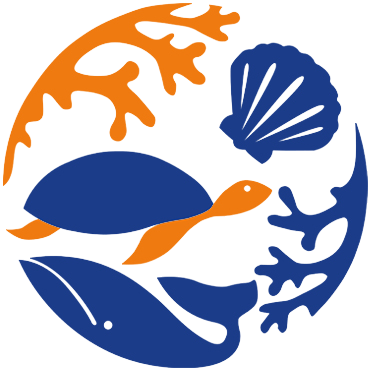Cepphus columba Pallas, 1811
Pigeon guillemotGoogle image |
No photo available for this species.
Classification / Names आम नाम | उपशब्द | CoL | ITIS | WoRMS
Aves | Charadriiformes | Alcidae
Environment: milieu / climate zone / गहराई सीमा / distribution range पारिस्थितिकी
; गहराई सीमा 0 - 45 m (संदर्भ 60377), usually 15 - 20 m (संदर्भ 60377). Temperate; 71°N - 32°N, 145°E - 116°W
Distribution देश | ऐफ ऐ ओ क्षेत्र | Ecosystems | संयोग | भूमिका
Eastern Pacific and the Arctic: Alaska to California. Temperate to subtropical.
Length at first maturity / आकार / Weight / Age
परिपक्व अवधि: Lm ? range ? - ? cm Max length : 35.0 cm TL पुल्लिंग / अलिंग; (संदर्भ 8812); अधिकतम प्रकाशित वज़न: 487.00 g (संदर्भ 356)
Short description आकृति विज्ञान
Life cycle and mating behavior परिपक्व अवधि | पुनरुत्पत्ति | मछलीऔ का अंडे देना | Eggs | Fecundity | Larvae
Main reference
संदर्भ | संयोजक | सहयोगीयो
SAUP Database 2006 SAUP Database. www.seaaroundus.org. (संदर्भ 356)
IUCN Red List Status
(संदर्भ 130435: Version 2025-1)
CITES status (संदर्भ 108899)
CMS (संदर्भ 116361)
Threat to humans
Human uses
| FishSource |
साधन
अधिक जानकारी
परिपक्व अवधि
Fecundity
मछलीऔ का अंडे देना
Eggs
Egg development
Larvae
इंटरनेट स्रोत
BHL | BOLD Systems | CISTI | DiscoverLife | FAO(Publication : search) | Fishipedia | GenBank (genome, nucleotide) | GloBI | Gomexsi | Google Books | Google Scholar | Google | PubMed | Tree of Life | Wikipedia (Go, खोज) | Zoological Record


